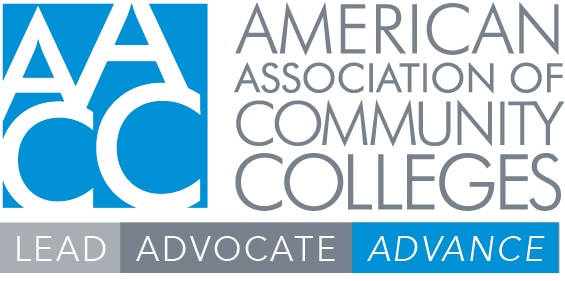Through a Dear Colleague letter and accompanying Q&A document, the Departments of Education and Justice on Monday released joint guidance on the scope and impact of the Supreme Court’s decision striking down racial preferences in college admissions decisions. The guidance aims to clarify what practices institutions may still utilize to achieve a diverse student body.

Community colleges are open-access institutions and thus the SFFA decision does not directly affect their admissions processes. SFFA only applies directly to the relatively small number of selective colleges and universities that employ racial preferences in admissions like those used by Harvard University and the University of North Carolina. However, many community college leaders have expressed curiosity about the possible legal and political impacts of the decision on their programs and practices that are targeted to particular racial and ethnic populations.
The guidance is part of a larger effort by the Biden administration to try to ensure that institutions and others do not unnecessarily scale back on initiatives to broaden diversity on campuses and address achievement gaps between various racial and ethnic groups, including diversity, equity and inclusion (DEI) efforts in which many community colleges are engaged. While state laws banning DEI programs on campuses and other campaigns in opposition to these and related programs predate the Supreme Court’s ruling, it has been used to accelerate and broaden these efforts.
The ED-DOJ guidance reviews the court’s decision in Students for Fair Admissions, Inc. v. President and Fellows of Harvard College and Students for Fair Admissions, Inc. v. University of North Carolina et al. (SFFA), emphasizing the fact that the court struck down admissions preferences based solely on race, but also permitted institutions to consider the role that an individual student’s racial identity has played in the life experiences that have shaped that student.
Of particular note to community colleges, the guidance also emphasized the many different ways that institutions can still endeavor to achieve racial diversity that are not affected by the SFFA decision. These include programs at four-year institutions that “commit them to enroll, support, and graduate students from disadvantaged backgrounds, regardless of race, who are attending or have graduated from community college.”
The guidance also emphasizes that institutions may continue to engage in outreach, recruitment and pathway programs that are designed to make its pool of applicants more racially diverse, so long as those programs do not confer an admissions preference based on race. Also, of particular interest to community colleges, the final section of the Q&A document states that institutions may conduct retention programs that seek to ensure that students – particularly underrepresented students – feel a sense of belonging and support while on campus. Institutions may offer services and opportunities to their students, including race-related affinity groups, as long as they are open to all students.
The administration’s guidance will certainly not be the last word on this issue, and the legal and political fallout from the SFFA decision will continue. However, for community college leaders, it is an important development.





